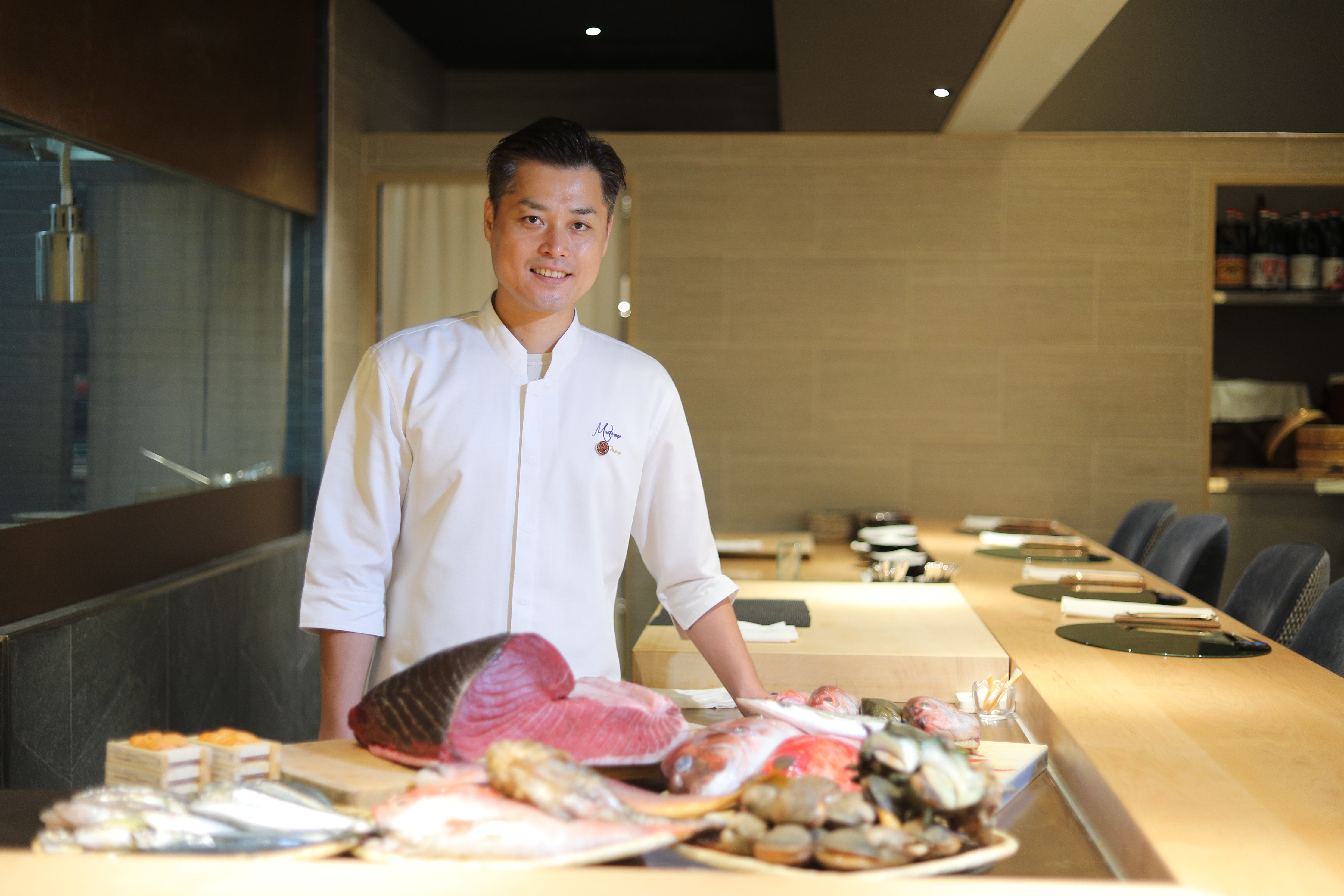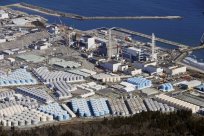The International Atomic Energy Agency announced on July 4 that the Fukushima nuclear waste water discharge plan in Japan meets internationally recognized safety standards.The Japanese media recently quoted official news that the Fukushima first nuclear power plant exceeds 1.3 million metric tons of nuclear waste water.The fastest will be ranked into the sea at the end of August, and the nuclear waste water is imperative.
The Japanese Asahi Shimbun reported on August 7 that Japanese Prime Minister Kishida Kishita will visit the United States on August 17 to meet with US President Biden and South Korean President Yin Xiyue and explain the safety of the discharge of Fukushima to deal with water;Haiya will start quickly after that.
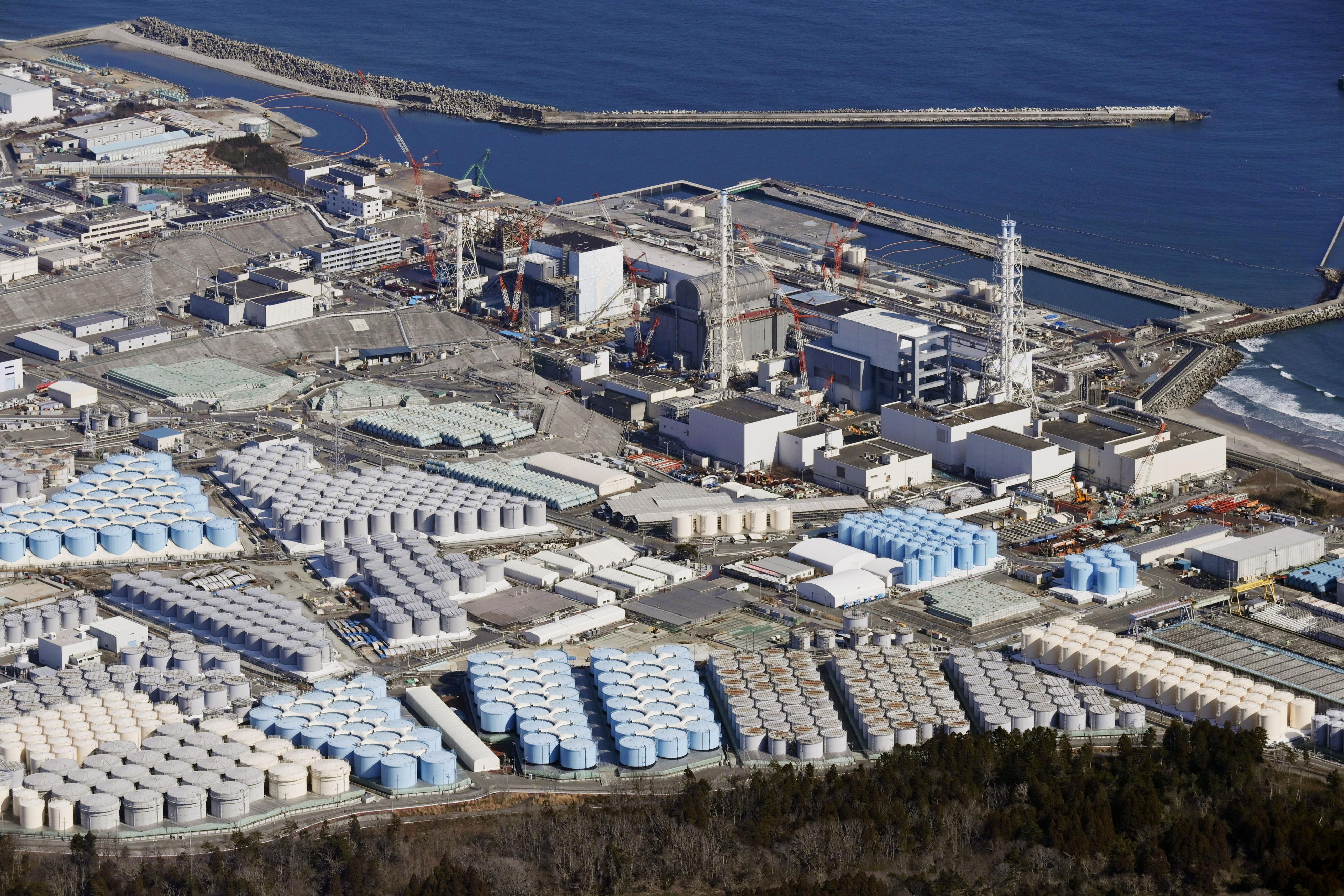
After these wastewater are arranged into the Pacific Ocean east of Japan, how much will it affect the marine ecology of the surrounding waters?How to ensure that seafood imported from Japan to our country can still be eaten safely?
Video content:
- 2:10 The discharge process of Fukushima nuclear wastewater
- 3:46 "氚" is harmless to the human body everywhere in the trace.
- 6:54 A strong push nuclear wastewater discharge plan Japanese angered fishermen and neighbors
- 10:21 How do diners in Singapore say "nuclear pollution seafood" how to resolve?
ALPS can filter 62 kinds of radioactive elements to leave the fish "氚"
Why does Japan insist that the nuclear waste water that is about to discharge into the sea is "safe"?According to Japanese officials and Tokyo Electric Power Corporation, nuclear waste water will be filtered before being discharged into the sea to ensure that it meets the internationally recognized safety standards.
Fukushima First Nuclear Power Station Before filtering, there are as many as 64 harmful radiation elements, including carbon-14 (CARBON-14), 铯 -137 (CAESIUM-137), 锶 -90 (StronTiUM-90) and Tritium (Tritium).
However, after the ALPS (Advanced Liquid Processing System) filtering system is used to filter the wastewater once or multiple times, almost all the radiation elements can be reduced to regulatory standards after the filtering system of ALPS (ADVANCED Liquid Processing System). The only exception is "氚".
The World Health Organization stipulates that the content of drinking water must not exceed 10,000 Baker per liter.In order to allow the nuclear waste water to meet the standard, before Japan drain nuclear waste water into the sea, it will use sea water to dilute the nuclear waste water at a ratio of 100 to 1.
Compared with the regulations of the WHO, the concentration of the Fukushima nuclear wastewater is only less than 20 % of the safety content, and the entire drainage process will span 30 years.
"处" is harmless to the human body everywhere in trace
Although 属 is a radiation element, experts generally believe that trace 氚 will not pose a threat to the human body.Tap water, rainwater, drinking water, and even human body naturally exist in some trace.
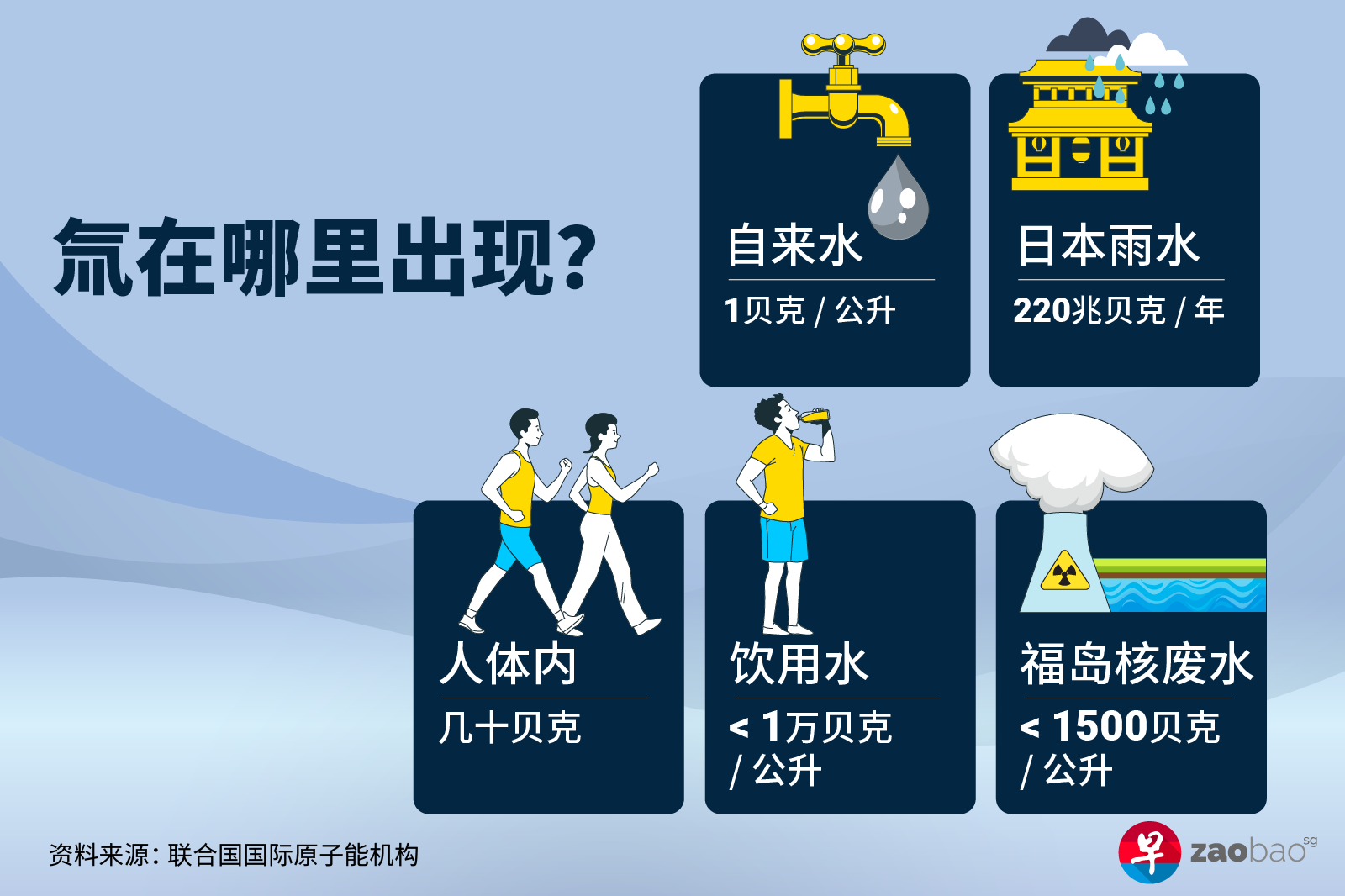
If the 喝 Jim Smith, a professor of environmental sciences at Park Maus University in the United Kingdom, pointed out in an interview that the approach to the sea into the sea was not the first in Japan.Nuclear facilities in China and France have also been discharged into the sea, rivers or lakes for many years. He said: "Compared to the nuclear facilities around the world, the emissions of Fukushima are actually relatively small. There is a nuclear power plant in China, and the annual emissions are three times higher than the discharge of Fukushima.France, the Rahagucleu Curse Treatment Plant is 450 times more each year than Fukushima. We have not seen any significant radiation volume, even if this approach has lasted for decades. " Some critics are worried that the radioactive substances of Fukushima nuclear wastewater may be accumulated in the seafood body, gradually increasing in organisms at all levels of the food chain.Safety. However, Professor Smith emphasized that the chemical properties of 氚 < He said: "Besides, the concentration of nuclear waste water in Japan's planned nuclear waste water is less than 1,500 Beck per liter, and only one -in -seven in the content of the water content of the WHO.Almost, the radiation doses caused by this cricket content are very low, and they are the same for fish and seafood consumers. " The assessment of the independent expert team and the international atomic energy agency also shows that consumers who consume a large amount of seafood around Fukushima will be less than 1 micro -in dose for one year, which is far lower than the average 2400 micro -bearing of human beings a year.Sever natural radiation. Although Japanese official and international atomic energy agencies have continued to reiterate that the Fukushima nuclear waste water discharge plan is safe and effective, and the impact may be "insignificant". Since the announcement of the nuclear wastewater discharge plan in 2021, the protests at home and abroad have never stopped. Fishermen in Fukushima are particularly worried that the nuclear waste water discharge plans will once again defeat the local fisheries again, so that the acquisition price that has been gradually risen recently will be hit again, which will affect the livelihood of fishermen.Essence The neighbors around Japan have also expressed strong dissatisfaction with Japan's insistence on implementing nuclear waste water and sea discharge plans, of which China's response is the most intense. After the International Atomic Energy Agency issued a report on July 4, China immediately pointed out that the report concluded that there are limited and one -sided, and it cannot become a "pass" for Japan to discharge wastewater.Foods in other regions Hong Kong also announced on July 12 that if Japan starts the nuclear waste water discharge plan, It will be prohibited from the import of seafood in 10 counties in Japan . In this regard, Professor Smith believes that the incident of Japanese discharge nuclear waste water has been politicized and is not conducive to the understanding of the facts.He said: "I think it is time to return to science after all, if you want to really help others." As far as the situation in Singapore is concerned, the Singapore Food Bureau stated in a statement issued on July 6 that since May 2021, Singapore has dismissed the requirements for radioactive pollutant testing before exporting to China to be exported to my country. Essence However, the official has continued to closely monitor food imported from Japan; since 2013, no Japanese imported food contains nuclear radiation.In 2022, Singapore's food imported from Fukushima only accounted for less than 0.01%of the total imports. The World Complete Speaking show team tried to contact several large local Japanese cooking operators to understand the source of ingredients and response measures, but most of them refused to interview. Among them, the Japanese popular supermarket Don Don Donki posted only photos and brief responses, saying that the supermarket had posted the announcement throughout the store to provide ALPS processing water and the relevant information of water to eliminate doubts. Maetomo Japanese cuisine restaurant founder and chef's former friend Zhang Hong told the world's commentary team in the interview that his imported Japanese ingredients are derived from Osaka.Sea near Fukushima. He said: "Osaka Central Market will monitor seafood to ensure that seafood meets safety standards before packaging to Singapore." Zhuang Qingyao, director of the Institute of Nuclear Nuclear Research and Safety Institute, pointed out in an interview that the government's safety limit is conservative. It is based on consumers who have eaten radiation pollution food almost all year.EssenceHe therefore called on the Chinese people not to worry too much about the Japanese nuclear wastewater, "even if it occasionally eats one or two meals, it is actually very low to the body." "会" will not stain in the organism of the organisms without affecting the safety of seafood food
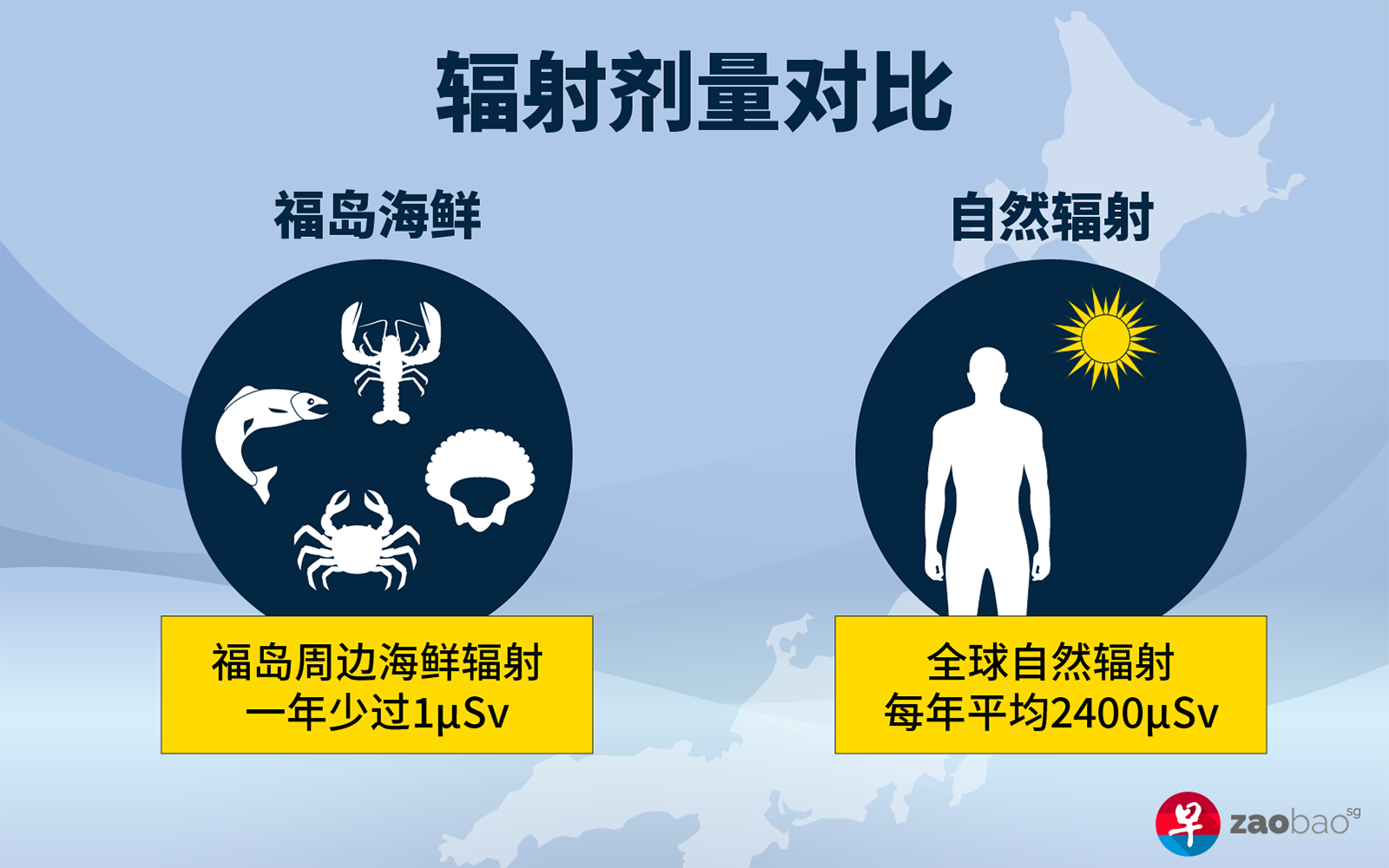
Strong push nuclear wastewater discharge plan Japanese angered fishermen and neighbors

The government has a conservative safety upper limit expert: the public does not have to worry about the sky


